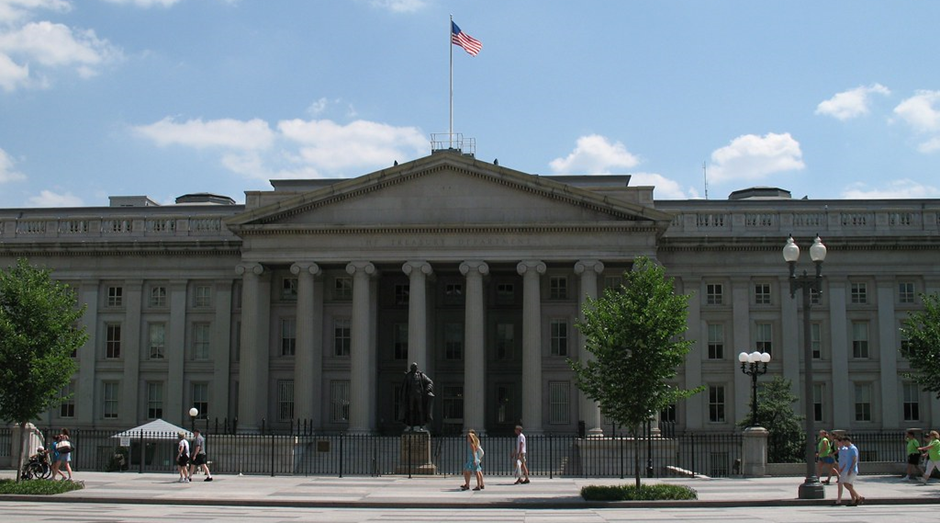A sharp sell-off in global bonds for the past few weeks has pushed US 30-year Treasury and German 10-year yields to milestone highs, even pushing Japan to raise its yield control curve to 1%. The rise reflects investors unwinding bond positions, increased supply, and expectations of high interest rates for longer to avoid reinflation. Rippling into markets, the rout is weighing on stocks, corporate bonds, and the gold market, which saw selloffs to compensate. Central banks now face a dilemma as rising rates threaten growth, though uncertainty about a recession's timing complicates policy. This bond rout foreshadows challenges for riskier assets if rates stay high or a recession unfolds.
EQUITY
U.S. stocks ended higher, with the Nasdaq contributing the most, over 1%, as Treasury yields eased off recent highs following weaker than expected private payroll data and slowing job growth that could reduce pressure on the Fed to keep rates high. Major tech stocks like Apple and Microsoft rebounded, while the energy sector took a hit as oil prices slumped over 5% after an unexpected jump in gasoline inventories and OPEC's decision to leave production levels unchanged.
GOLD
Gold prices finally have a break after falling for eight consecutive sessions, dropping to their lowest level since March. The dollar pulled back ahead of the US jobs report on Friday. Despite the recent reprieve, gold remains under pressure from dollar strength and higher yields, which have wiped out most of its gains for the year.
OIL
Oil prices were hit hard, with the most decline in a single session since July 2022. Worries about shortages diminished as OPEC+ reaffirmed production cuts but didn't commit to extensions, US crude stockpiles slowed their withdrawal, and gasoline reserves grew. However, high oil prices are expected to dampen demand in Q4 as sectors like aviation and construction are impacted, with forecasters like JPMorgan predicting a year-end price of $86 per barrel.
CURRENCY
The U.S. dollar dipped but remained near an 11-month high as a spike in U.S. bond yields pushed the dollar higher, which is starting to see some pullback. The Japanese yen hovered below the closely watched 150 level per dollar after temporarily surging when Japan may have intervened to limit its slide. The New Zealand dollar fell to a one-month low after the country's central bank held rates steady and said past hikes were slowing inflation.














